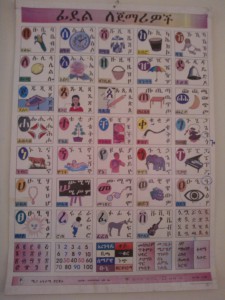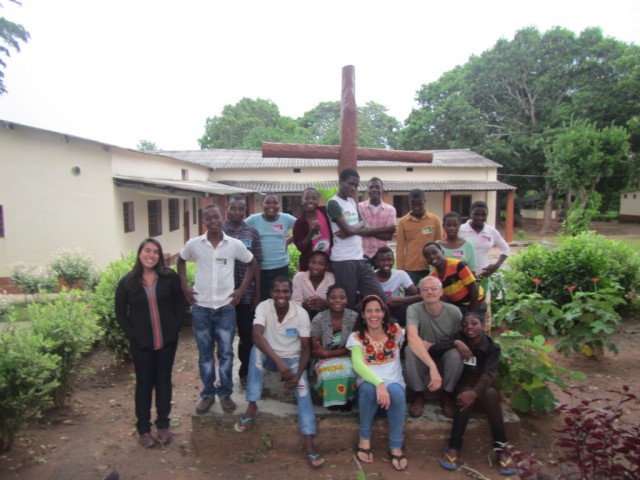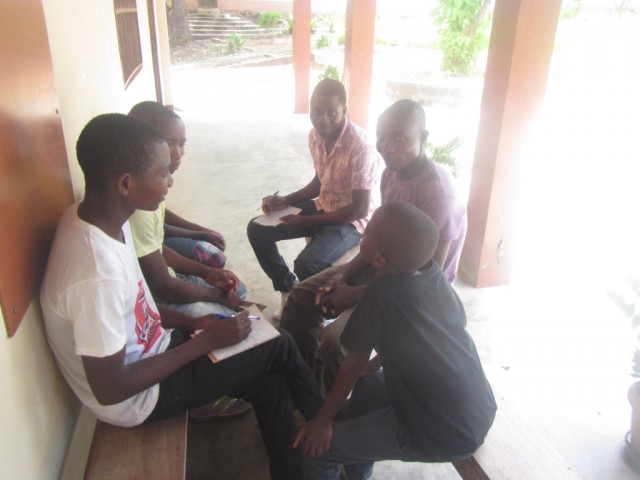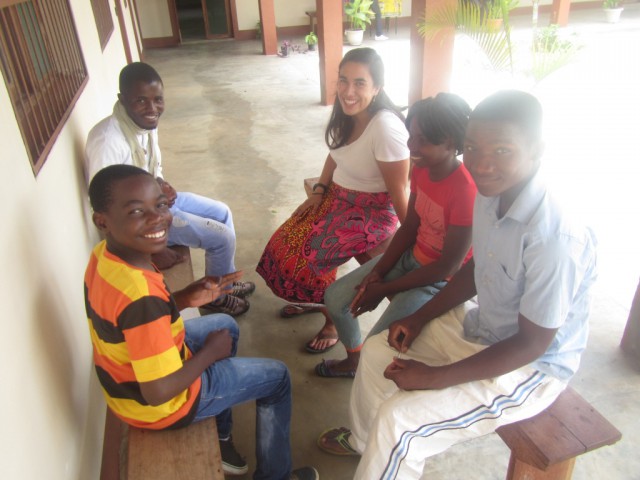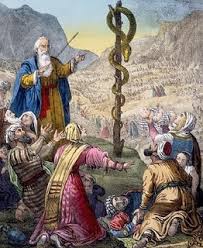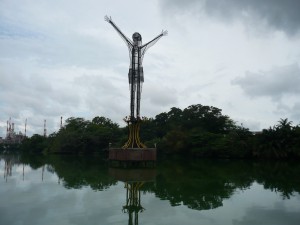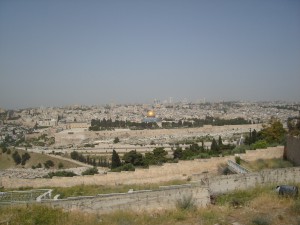A Commentary on John 12, 20-33: Fifth Sunday of Lent, March 22, 2015
On our way towards the Holy Week, the most important week in the liturgical year and in Christian life, we are now at the fifth Sunday of Lent. And we read John chapter 12, before getting into the great story of the Passion that begins with Jesus washing the feet of his disciples.
This passage of John’s Gospel presents Jesus in Jerusalem, taking part at the celebrations of a Hebrew feast, together with people coming from several parts of the world. Among those people there were some “Greeks” who wanted to know Jesus, who takes the opportunity to pronounce a brief but very meaningful speech. Let us see:

First of all, let us put our attention on those “Greeks” that wanted to see Jesus. As a matter of fact, when the evangelist writes this Gospel, there were already communities of disciples, Christians, that came from that “Greek” culture, which was de dominant culture of the time, as much as it happens with our today’s “Global-English” culture. This presence of Greek disciples among the followers of Jesus was, in fact, a great cultural and religious jump forward, since Jesus was a Hebrew and stared preaching to them. The proposal of human and spiritual renewal, that Jesus meant for the Hebrews in the first place, became very soon a proposal for other peoples, belonging to other cultures and religious systems.
From this first “opening”, Christian communities opened themselves more and more to new peoples, crossing continuously new frontiers: in Asia, in Europe, in America, in Africa… In every new stage of human history, during the last twenty centuries, new peoples said: “We want to see Jesus”. And after those first two missionaries, Andrew and Philip, many others helped people to encounter Jesus: Paul, Augustin, Patrice, Francis Xavier, Daniel Comboni….and many others.
We are convinced that also today there are many other people and human groups that, over any geographical or cultural frontier, wish to know Jesus, not as theological or philosophical figure, but as a real Person that talks to the heart of every person and every culture; a Person that brings to our life truth, free pardon, unconditional love, a proposal of brotherhood for all humanity and, and a special clarity about God the Father…
Today, as yesterday, humanity is in need of new “Andrew and Philip”, new missionaries, people who know Jesus personally (not only from the books, but from their experience of life), people who have found the “treasure” that the person of Jesus represents for themselves and for others, people ready to act as “facilitators” so that others come to enjoy the Word, the Love and the Person of Jesus.

- Unless a grain of wheat falls into the earth and dies…
When the “Greeks” are introduced to him, Jesus pronounces a brief speech that may seem enigmatic to some, but for me is quite clear and meaningful, if we pay the due attention to it. Let us see:
- “The hour has come for the Son of man to be glorified.” Here and in other parts of the Gospel Jesus talks about his “hour” and his “glory”. I think that in our today’s language, we could speak of “victory”, “esteem”, “acknowledgement”… Jesus, as all of us, needs esteem and acknowledgement. But the big difference is that the “glory” He is looking for is not vainglory or self-boosting; He looks for the acknowledgement that comes from his Father. And He shares this acknowledgement with the disciples, the simple ones, the poor, those who put their trust in the Father.
- “Unless a grain of wheat falls into the earth and dies, it remains alone; but if it dies, it bears much fruit”. This is a well- known Jesus’ sentence with a clear meaning: life springs out of sacrifice; glory and triumph comes out of enduring… In the mouth of Jesus, this words speak clearly of his death, that He is ready to accept in the confidence that out of his death will spring new life for humanity.
- “He who loves his life, loses it…”. The example of the grain of wheat works for Jesus, but also for all of us. The sentence reminds us of the parable of the talents, in which the lazy servant is rebuked for not making good use of the talent received. Life cannot be lived in fear and laziness . It must be lived with generosity, given up in service and love. As a poet said, “life is a gift that we deserve by giving it out”.
These words of Jesus are not only “beautiful” words, but a source of real life, words that come from His own experience of love and obedience to the Father for the benefit of all mankind. Jesus was not afraid to give Himself up to the point of death. He was able to go to death, confident that the Father will transform His death into a source of new life for humanity, as in fact it is happening in us and around us.
It is this new life in Jesus that we celebrate this Sunday listening to the Word, sharing our way with other disciples in the Community, sharing the Eucharist, serving others in the family, in our working place, in society, going out to the poor or whoever is in need near us or far away…
As disciples missionaries we know that the best way to “gain” our life is to give it up, as Jesus did.
Fr. Antonio Villarino
Roma
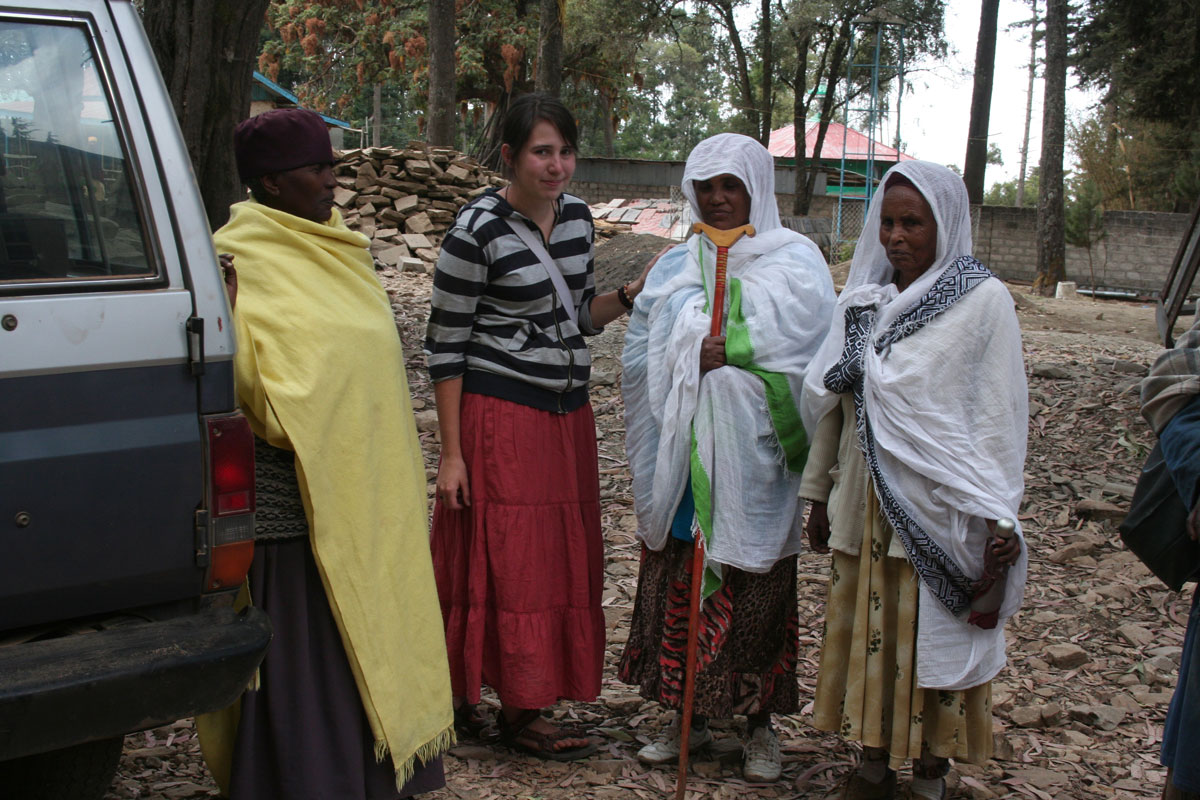 In the beginning of January I came to Ethiopia, beginning my mission! I’ll work as a physiotherapist in Bushullo Health Center, near Awassa (in the south part of Ethiopia). Joining there Maggie & Mark with their children!
In the beginning of January I came to Ethiopia, beginning my mission! I’ll work as a physiotherapist in Bushullo Health Center, near Awassa (in the south part of Ethiopia). Joining there Maggie & Mark with their children! So slowly I’m getting to know this place, these people, this culture, this language. And day by day I’m more and more happy that God sent me here!
So slowly I’m getting to know this place, these people, this culture, this language. And day by day I’m more and more happy that God sent me here!



